“My mother said every persimmon has a sun
inside, something golden, glowing,
warm as my face.”
Persimmons (excerpt)
A poem b
” If it be not ripe it will drawe a mans mouth awrie with much torment; but when it is ripe, it is as delicious as an Apricock.” Another early traveler in the Americas, William Strachey, wrote in 1612 that, “ “… when they are not fully ripe, they are harsh and choakie, and furre a man’s mouth like allam…” That’s “alum” to us, so if you would like an approximation of what a green persimmon can do, find some of it, dip your finger in it and put it in your mouth. Persimmons are worse. (I think there is a law in persimmon country that it is required to trick at least one person into biting into one. Just make sure it’s someone who can’t outrun you. Younger siblings work well, unless you’re my age, in which case it can be counter-productive.)
Remember, purpley-orange, soft and squishy is the key. Contrary to popular opinion and persimmon folklore, it is not necessary to wait for a frost before eating persimmons. The fruits, technically berries, ripen at different rates and often begin falling off the tree before the first frost and may continue falling for some time, weeks even. Being on the ground does not guarantee their full ripeness, so make sure they are soft and test with a nibble before committing to a chomp.
American native persimmon trees tend to be small to medium-sized and are sometimes described as somewhat shrubby, growing from 15 to (rarely) over 100 feet tall. Missouri’s largest known persimmon, at 131 feet high, is in Big Oak State Park in the southeastern part of the state. It has simple, alternate leaves up to 3 inches wide and 6 inches long and very distinctive rough bark that is sometimes said to resemble alligator hide.
The tree “occurs in rocky, dry, open woods, edges of woods, glades, prairies, old fields, thickets, bottomland woods and valleys along streams”. It is said to like edges, such as along fences, but we see them often out in the open when hiking in parks, and they can form groves by sending out suckers. In our backyard we have abundant seedlings each year from the thousands of fruits that fall each autumn, but we have only one adult tree. That means that there are others nearby, because persimmon trees are male or female and do not self pollinate, needing wind and/or insects to do the deed. They like full sun, but ours has partial shade during a portion of the day and does just fine. We get more fruit than we can harvest some years, ripening from September to October and even later. We occasionally dig up some of the seedlings
and pass them along to people who want to establish their own, but older plants develop a long taproot and don’t transplant well, so get them very young. If you try to grow a persimmon from nursery stock, be aware that most varieties available will be Asian in origin.
They are ecologically important trees: “A very important wildlife food. Fruit, buds and leaves are eaten by deer, opossum, squirrel, bobwhite, raccoon, wild turkey, red and gray fox and coyote. Many birds eat the fruit. A pioneering tree in disturbed landscapes, it plays an important role in reestablishing a mature ecosystem.” Nadia and I froze many bags of persimmons last fall and during this last harsh winter we used the frozen fruits to feed birds in our yard. Robins, especially, seemed to like the energy-rich pulp and it may help stressed birds to survive during extreme cold snaps. Butterflies, bees and wasps also like to sup on the juicy fruits.
It’s also a very good food for us, although it is surprisingly neglected. Nutritionally, persimmon fruits are powerhouses, but are relatively low in calories. “They provide glucose, protein, vitamins A and C, calcium, potassium, phosphorus, iron, copper, and manganese. They also contain the enzymes papain and bromelaine, well known from their presence in papayas and pineapples and used in natural digestive enzyme preparations,” says Wildman Steve Brill. Plus, they are pretty much free for the taking and you get some exercise in the process!
One reason they may not be more popular is the fact that wild native persimmons are rather small and have many large seeds, which makes processing the pulp a little bit of work. (Larger cultivated varieties from the grocery store, which are Asian persimmons, lack the seeds, but the tradeoff is that many say they also lack the full flavor and nutrition of wild American persimmons.) The ripe fruits can be pressed through a colander, like those conical ones used to juice tomatoes, to separate pulp from skin and seeds. Some people find it much easier to use a mesh bag to squish the fruits through, like a laundry bag for delicates or those used in wine-making to process grapes. Whatever method you choose, the pulp freezes well for later use.
Those uses are many, later or otherwise. As mentioned above, persimmons are used in many types of pies, cookies, breads, cakes,
puddings, fruit leather, ice cream and even salads . A search of the internet will lead to hundreds of recipes. On the liquid side of things, they have been used to make wine, brandy, cider, beer and vinegars. (I hope to try some this autumn. I’ll let you know.) The dried leaves have been used for tea and the roasted ground seeds are said to make a passable coffee substitute. Roast the seeds for about 4 hours in a 225 degree oven, or overnight at 200 degrees and grind them up for caffeine-free “coffee”. Some say it’s quite good.
As for other uses, persimmon is a member of the Ebony (Ebenaceae) Family and the wood has been used for such things as golf club heads, shuttles for weaving, and billiard cues. It has also been used to treat innumerable diseases, including sore throat, thrush (an oral yeast infection), diarrhea, stomach ache, and more.
You can even use the seeds to predict the weather. Cut a few seeds in half (carefully–they are slippery) and see what the inside looks like. If it shows a spoon-shaped kernel, get out the snow shovels this winter. (It might be helpful to get a second opinion from wooly bear caterpillars. Your results may vary.)
As in all cases with foraged foods, however, always use a bit of caution. Some say that persimmons can cause rare intestinal problems, including bezoars (intestinal blockages) in horses and people. But then, the Mayo Clinic says celery can do the same. I have never known anyone to keel over from a celery overdose or to get sick from eating persimmons, but still…
All in all, this is a darn good tree to have around. It fits in well with urban landscapes, adapts readily to city conditions, is a natural for country acreages, is hardy and nearly disease-free and provides one of the tastiest fruits around. One caveat: persimmons are messy when the fruits start to drop. I have never mastered the art of walking across a persimmon-strewn patio without stepping on the smooshy little rascals, but it’s a small price to pay. The cure is to pick them up as they fall and eat ’em before stepping on them, or bag and freeze them.
And next time you see a possum, thank it for being one of the most dedicated disseminators of this noble tree. Here’s one tribute for your reading pleasure.
Of ‘Possums And Persimmons
by Reverend John F. Dorsey, (1916- )
Mr. ‘Possom is a farmer
And his crop? Persimmon trees!
Many a woodland stocks his product
And he grows his crop with ease.
How he loves those ripe persimmons
Sweet as syrup, smooth as silk —
Like a gourmet loves his entrees
Like a baby loves his milk.
They must meet his hidden hunger
They must satisfy his needs.
But he does not eat for nothing
Sowing far and wide the seeds.
Thank you, Lord, for Mr. ‘Possum!
I like ripe persimmons, too.
Kissed with sun and frost and raindrops
Washed with fog and morning dew.
(Note on the poem: I have tried to contact the Rev. Dorsey without success to get permission to use his poem, which was self-published in the 1970’s in two different books he wrote. This may be in the public domain at this point, but if not, and if I find this is copyrighted, I will remove it.)




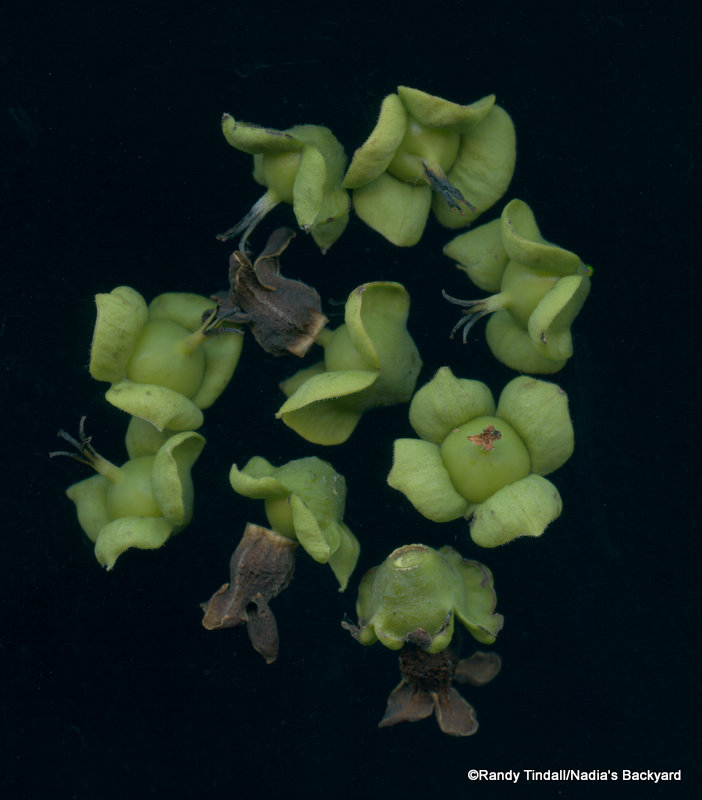
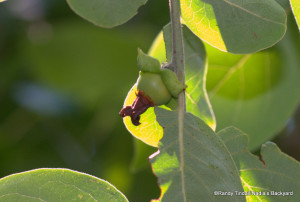

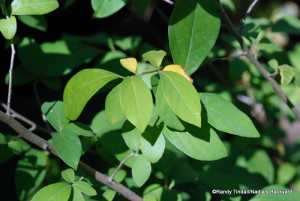
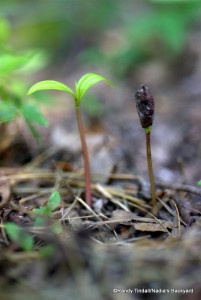
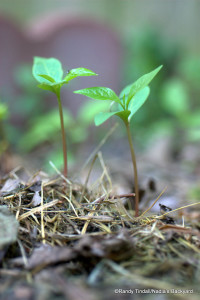
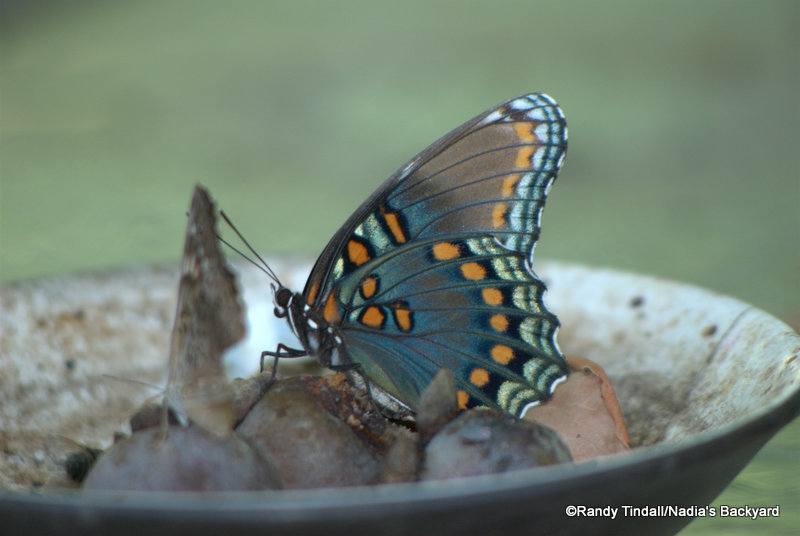
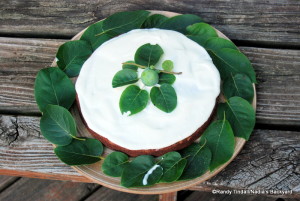
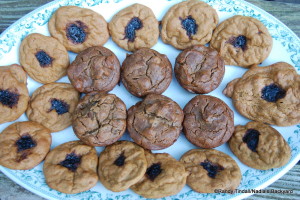

i just started picking the persimmons this year i need a repice for wine and brandy can u help me , thank you helen
Thanks for reading and commenting, Helen. I put “persimmon wine brandy” into Google and got lots of hits. Try it and I think the results will keep you very busy. Please let us know how things turn out!